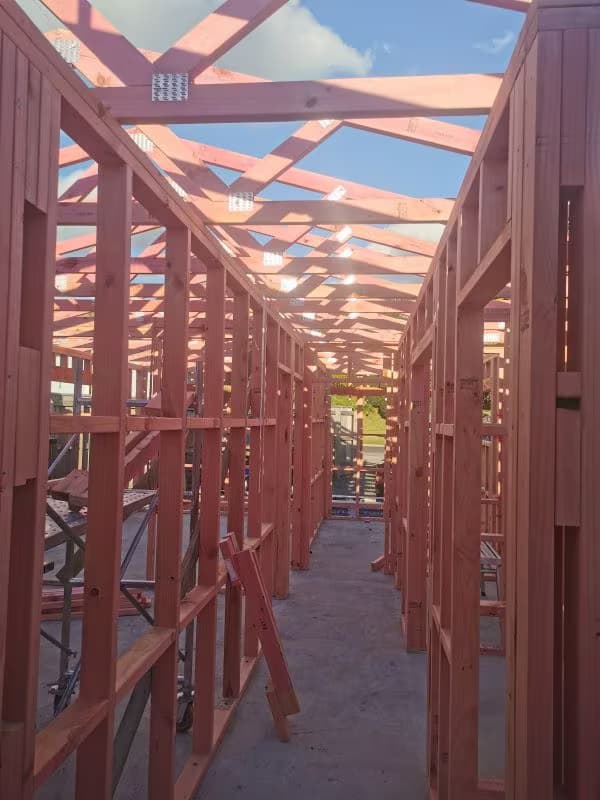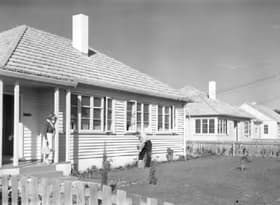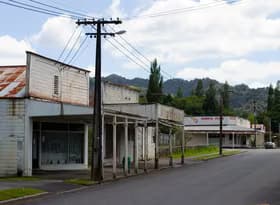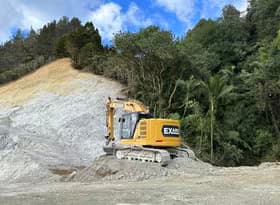
Examining building trends around the regions
The number of residential building consents hit 39,420 over the 2020 year, nearly pipping the previous record of 39,766 in 1973. Residential building consents have ramped up strongly (albeit belatedly) over the past decade in response to a strongly growing population and record levels of net migration. Although actual building activity is likely lower than consenting intentions, the strong level of consents provides a solid foundation for the construction sector. In this article, we explore what this peak in consents looks like and how well the regions are building to meet their population need.
Different measures, different stories
Although consents have nearly peaked by number, different measures show a different story. On a floor area basis, 2020 was a clear peak in residential building with 6.158 million square meters consented, 9% higher than the previous peak in 2004. However, as the size of our households has declined since the 70s, and the average size of our houses has increased, these extra square meters don’t necessarily house more people. Indeed, on a per capita basis, we see that our current building efforts fall short of the 70s, with 7.8 new dwellings consented per 1,000 population in 2020, compared to 13.1 in 1973. This per capita measure is a crude but effective illustration to represent how well construction is meeting the needs of the community.
Up is not the only way
Dwelling consents have grown in every region over the past five years, with the exception of Canterbury which has been coming off a post-quake peak in activity. However, in the last year consents have started to tail off across a number of regions for a variety of reasons. The tail off in Otago is largely due to the changing fortunes of Queenstown, whereas Nelson, Marlborough, and Wellington are affected by limitations in the supply of build-ready land for housing. Auckland, Hawke’s Bay, Taranaki, Manawatu-Whanganui, and Tasman have been stand-out performers, with consistent consent growth both in the past five years and the past year.
Running well behind the 70s
As previously highlighted, our per capita residential building efforts fall well short of the 1970s. On a regional basis, we can see that different regions are moving at difference paces, utilising a five-year average to smooth out volatility. At a regional level, per capita build rates show an uneven pattern. Chart 3 shows that Otago has the strongest regional build rate, of 8.8 consents per 1,000 people, followed by 8.6 in Canterbury.
Tasman, Waikato, Bay of Plenty, and Auckland are also building ahead of the national rate, at an average of 7.0 building consents per 1,000 population. Consents in Gisborne, West Coast and Southland are around half the national rate.
Building our fair share
Looking at each regions’ share of population growth, compared to its share of new dwelling consents, indicates how well each region is building its ‘fair share’ of dwellings. By this measure, Auckland and Canterbury are stand out performers. Auckland accounted for 35% of New Zealand’s population growth over 2016-2020, and was home to 38% of new dwelling consents over the same period. Likewise, Canterbury accounted for 13% of population growth, but 16% of new dwellings.
Part of this growth is explained by Canterbury’s rebuild, combined with a severe undersupply of housing in Auckland then coupled with the expansionary building allowances in the Auckland Unitary Plan.
Although the Hawke’s Bay has experienced heroic growth in dwelling consents – up 24% per annum over past five years – this growth is still short of population growth. The region accounted for 3.1% of New Zealand’s population growth over the period, but only 2.0% of dwelling consents. Northland, Bay of Plenty, and Gisborne have also recorded dwelling consents well below what their share of national population growth would suggest.
We’re building lots, but not everywhere
Although New Zealand’s building consents are hovering close to record levels, we haven’t seen consistently high building levels across all parts of the country. With an undersupply of housing still in existence, and a hot housing market underscoring the need for sustained building momentum, now’s not the time to take our foot off the building pedal.























